Diagnosis and management of inhalation injury: an updated review
- PMID: 26507130
- PMCID: PMC4624587
- DOI: 10.1186/s13054-015-1077-4
Diagnosis and management of inhalation injury: an updated review
Abstract
In this article we review recent advances made in the pathophysiology, diagnosis, and treatment of inhalation injury. Historically, the diagnosis of inhalation injury has relied on nonspecific clinical exam findings and bronchoscopic evidence. The development of a grading system and the use of modalities such as chest computed tomography may allow for a more nuanced evaluation of inhalation injury and enhanced ability to prognosticate. Supportive respiratory care remains essential in managing inhalation injury. Adjuncts still lacking definitive evidence of efficacy include bronchodilators, mucolytic agents, inhaled anticoagulants, nonconventional ventilator modes, prone positioning, and extracorporeal membrane oxygenation. Recent research focusing on molecular mechanisms involved in inhalation injury has increased the number of potential therapies.
Figures
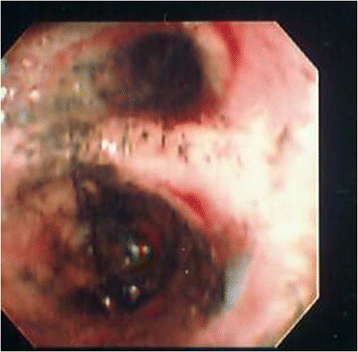
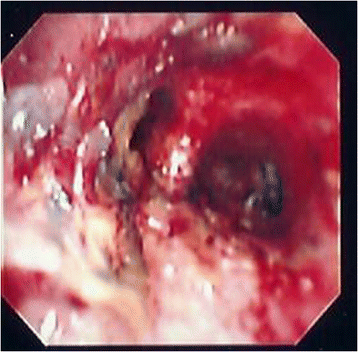
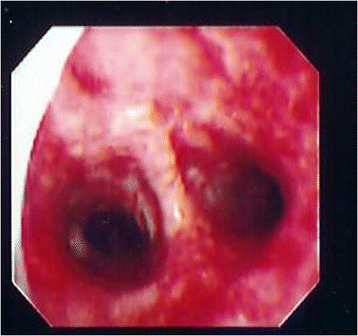
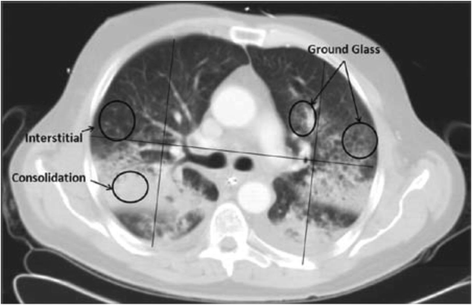
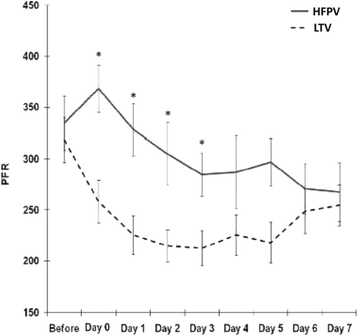
References
Publication types
MeSH terms
Substances
LinkOut - more resources
Full Text Sources
Other Literature Sources
Medical

